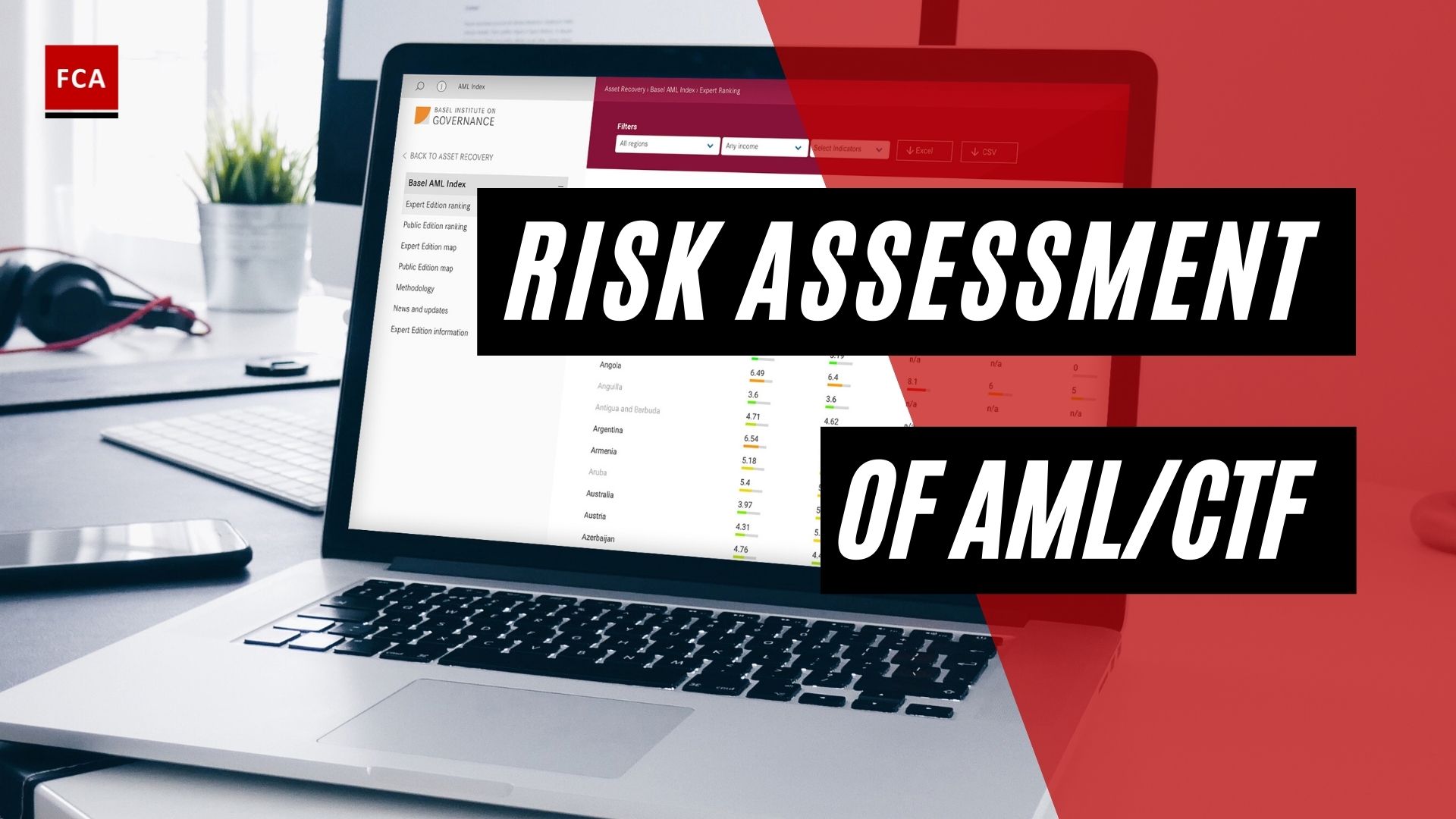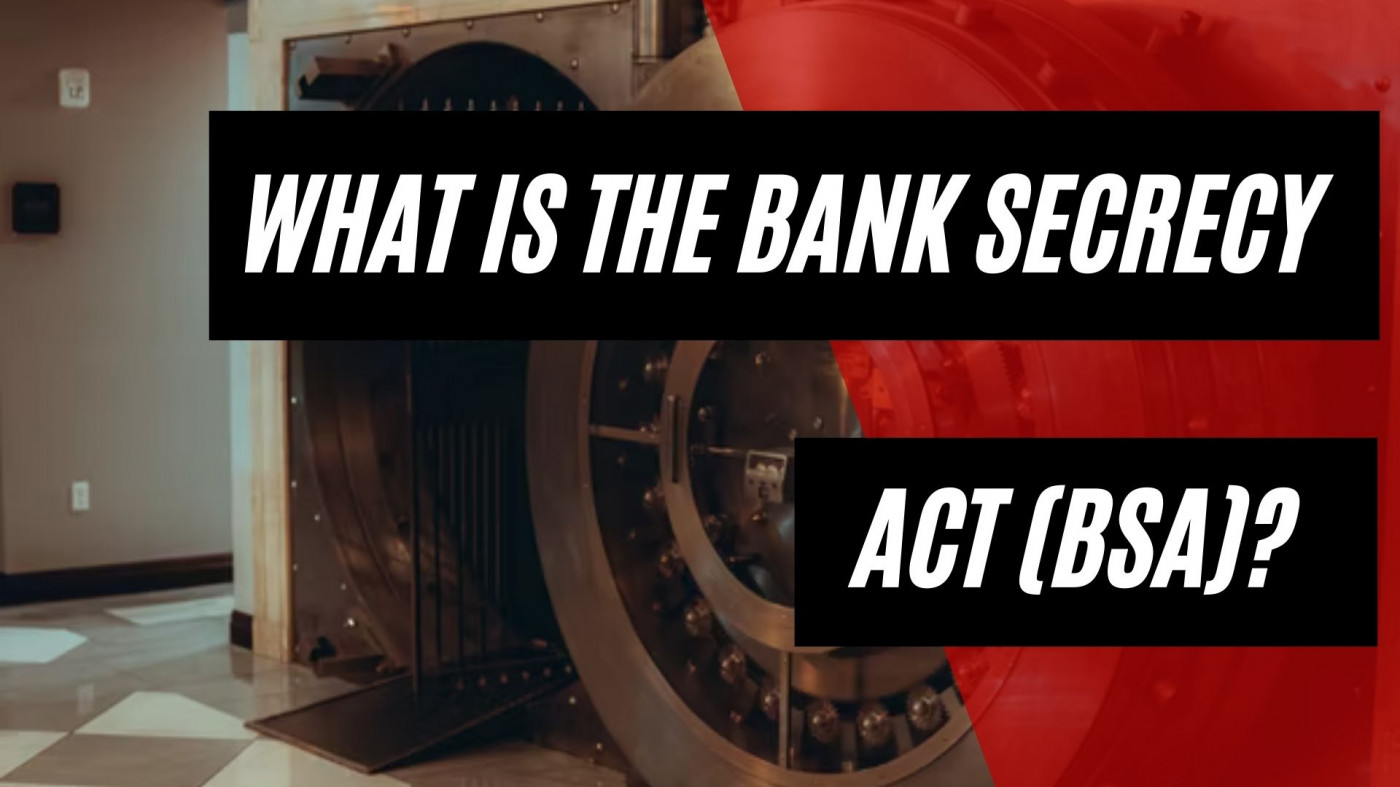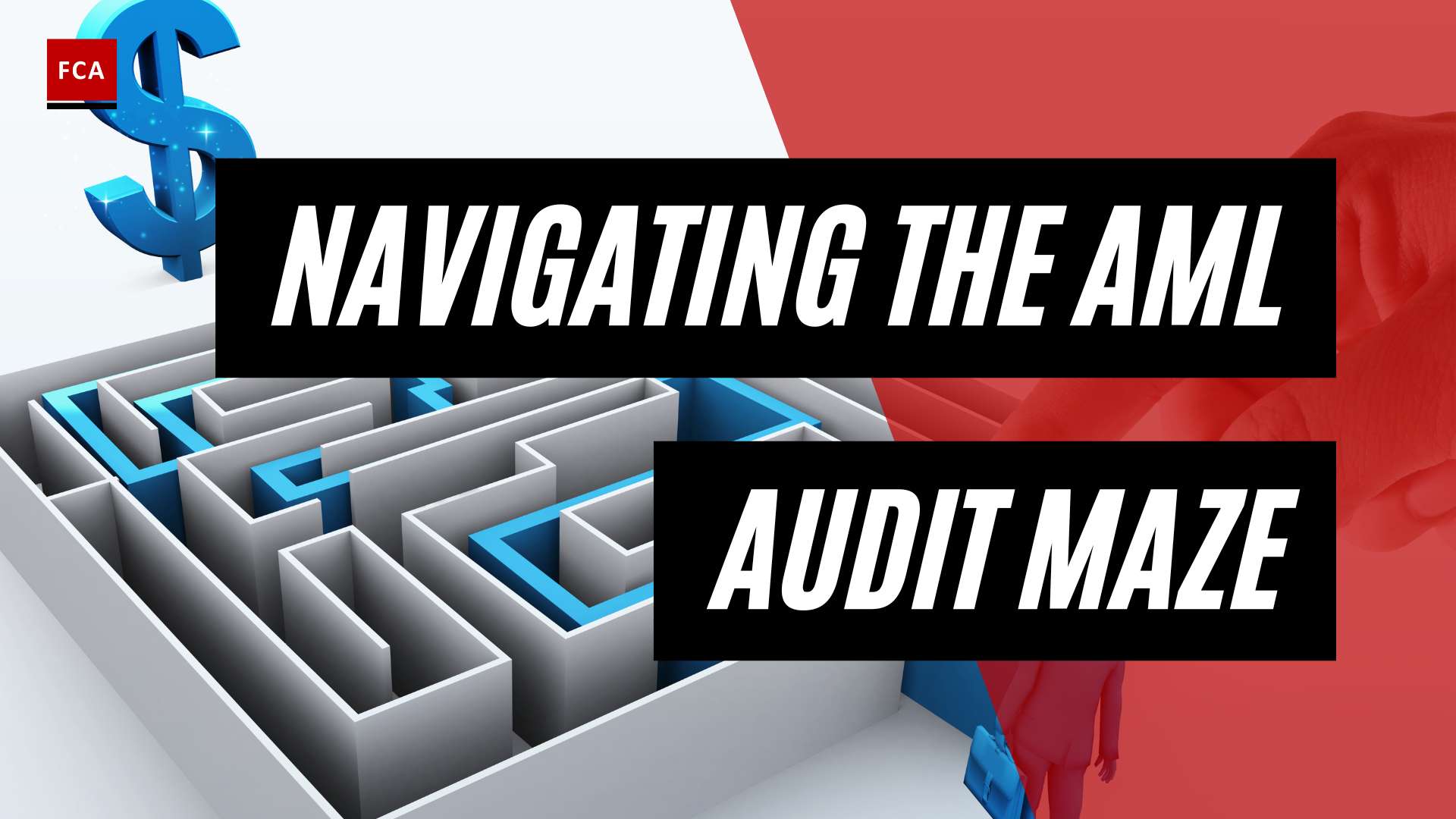The stages of money laundering include the processes by which illegal funds are integrated into the financial system. This money goes through many transactions and is somehow incorporated into the economy, and criminals bypass rules and systems. Criminals hide, wash, and launder money in order to generate more money.
Money laundering works to point out the source of funds legally. For example, the money collected from crimes such as drugs, bribery, and human trafficking is first hidden by various transactions in order to be introduced into the economy and then re-included in the financial system by laundering. As a result, when it seems legitimate, this money is reused for other illegal activities to generate more illegal funds and the process repeats constantly.

Stages of Money Laundering
Stages of Money Laundering Money launderers engage in the following activities to launder funds:
- Placement; is the first stage, where the illegal funds are placed in the financial system, either directly or indirectly. During the placement stage, illicit funds are placed into the legitimate financial system. The illicit funds may be present in two different forms. First of all, the illicit funds can already exist in the form of currency, for example, if the criminal sells drugs and narcotics online and gets paid in cryptocurrencies right away. Secondly, illicit cash can also exist in the form of digital currency, which is then used to purchase other digital assets such as cryptocurrencies. Either way, the placement stage establishes the circumstance that a criminal has funds and money.
- Layering; is the second stage, where a series of accounts are used to transfer funds/assets from one account to another account. Very complex layers of transactions are created, to disguise the trail and origin of funds. The second stage of the money laundering stage is the layering or hiding stage. In this stage, the criminal facilitates transactions to disguise the illegal origin of the funds. Having said this, money laundering, by its nature, hard on the fact that transactions made may be pseudonymous. However, criminals oftentimes use additional means of anonymizing to even further disguise the funds’ illegal origin, breaking the links between different transactions.
- Integration; is the third stage, where the illegal funds are utilized to purchase different assets or the funds are invested in a legitimate enterprise, to convert the black money into white. If the criminal feels confident enough that it is impossible to trace back the dirty currency to the criminal’s activity, he seeks to use the funds for legitimate purposes, such as buying luxury cars, real estate, or jewelry. However, and despite the circumstance that the currency is no longer being directly tied to a crime, criminals and money launderers still need a way to explain how they came into possession of the currency.

Final Thoughts
The money laundering process is typically divided into three stages: placement, layering, and integration. The first stage of money laundering is known as placement, and it involves the placement of dirty money into legal and financial systems. Layering refers to the second stage of the money laundering process. This is a complex web of transactions used to move money into the financial system, typically through offshore methods. Integration is the third stage of money laundering. The dirty money is now being absorbed into the economy, for example, through real estate. Once the dirty money has been placed and layered, it will be reintroduced into the legitimate financial system as legal tender.









